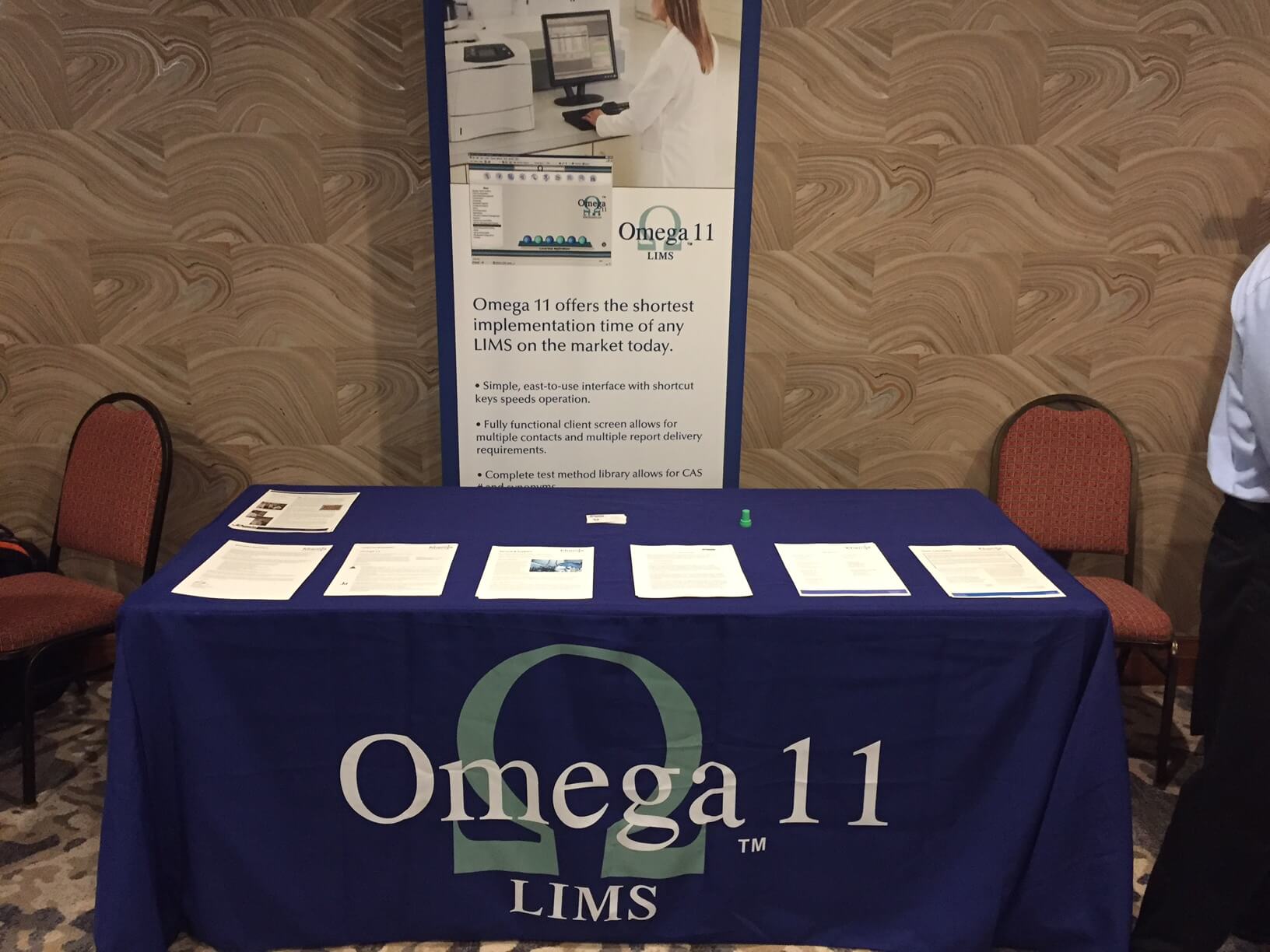This information was taken from the Calibrate newsletter on May 30th, 2017 (http://www.catalystinforesources.com/):
As reported previously, the new Administration asked that all Agencies recall all actions that had not yet been published in the Federal Register. The MUR was caught up in this recall and this action has been withdrawn from the Office of the Federal Register. EPA indicates they are not able to provide a date for when the final rule will be published. Until the final rule is published in the Federal Register, it is not considered in effect. Also, note that until the rule does become effective, the revised EPA methods, new and/or revised methods published by voluntary consensus standard bodies, and the methods reviewed under the ATP program that were included in the final rule are not formally approved at part 136. In the interim, until a final rule is published in the FR and becomes effective, a user may, on a facility-by-facility basis, seek limited use approval from their Regional ATP Coordinator for use of the methods included in the final rule when measuring regulated pollutants and reporting results for compliance monitoring required under the Clean Water Act (CWA). The Regional ATP Coordinator may choose to grant approval of these methods as alternate test procedures for limited use as specified at 136.5. With regard to allowing the use of methods that fall within the flexibility to modify approved methods approved at 136.6 for compliance monitoring, EPA is encouraging States and Regions to allow for the use of these methods provided that the requirements for establishing equivalent performance specified at 136.6(b)(2)(i) and the requirements for documentation specified at 136.6(b)(2)(ii) are met. Additional guidance regarding method developer responsibilities and method user responsibilities with regard to establishing equivalent performance and requirements for documentation may be found in a memorandum from Richard Reding dated November 20, 2007 with the subject line “Flexibility to Modify CWA Methods” available at: https://www.epa.gov/sites/production/files/2015-08/documents/cwa-method-flexibility_memo_11-20-2007.pdf
Read More

 ) at Khemia Software, Inc. (
) at Khemia Software, Inc. (